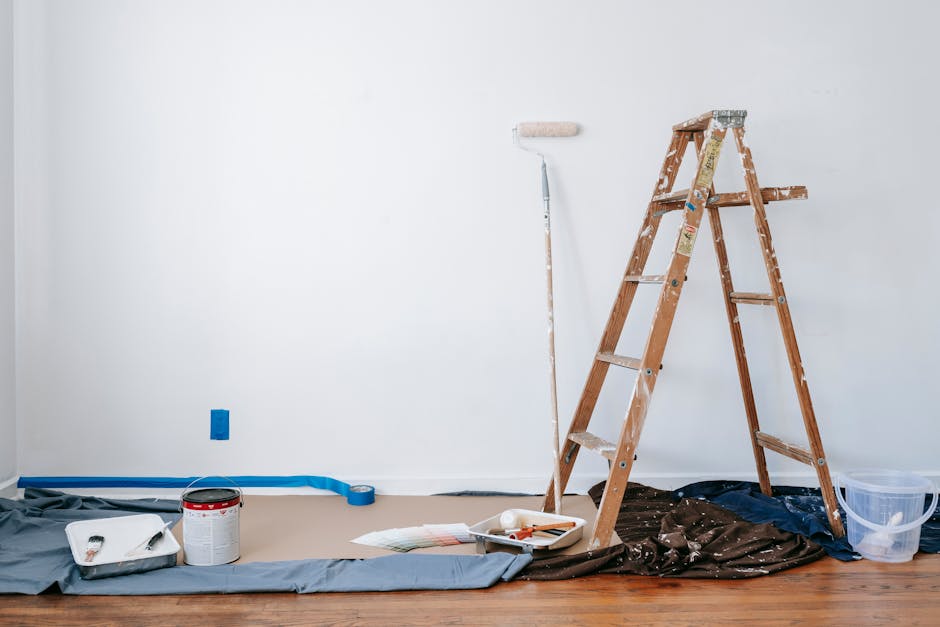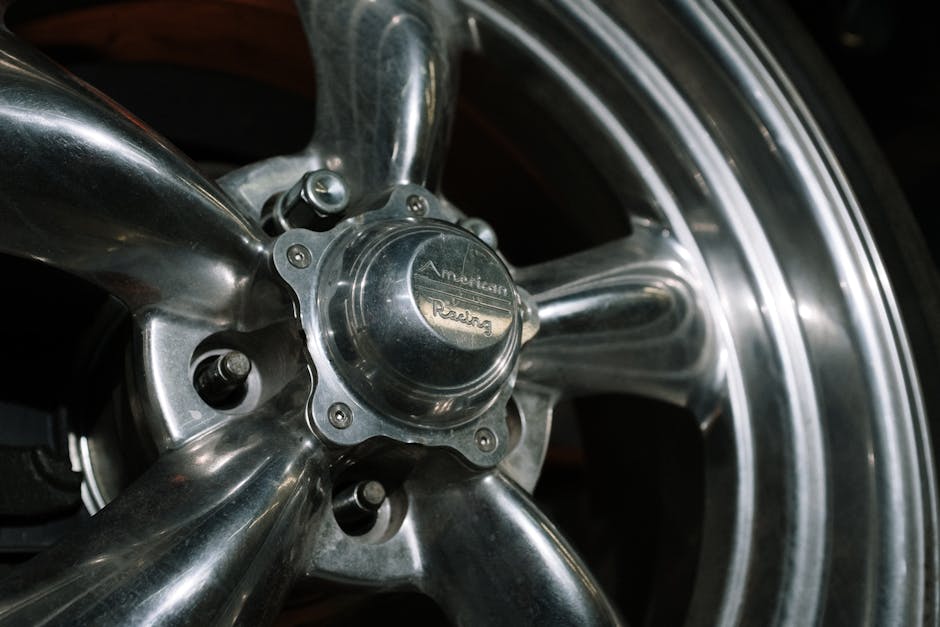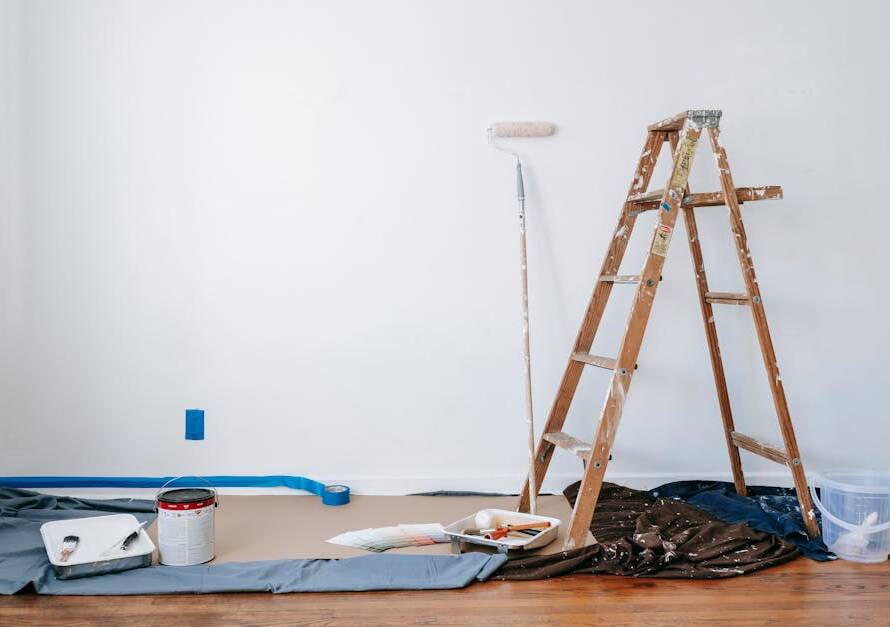Lead-based paint was commonly used in homes built before 1978, and it poses significant health risks, especially to children and pregnant women. When this paint deteriorates, it can create lead dust and chips, which can be easily inhaled or ingested, leading to serious health problems.
One of the primary dangers of lead exposure is its effect on the nervous system. In children, even low levels of lead can result in developmental delays, learning difficulties, and behavioral issues. Adults may experience high blood pressure, joint pain, and reproductive problems. The implications of lead exposure can be severe, making safe lead-based paint removal crucial for protecting your family.
Understanding the hazards and risks associated with lead-based paint is the first step in effective remediation. When planning to remove lead paint, it is essential to:
- Assess the condition of the paint.
- Identify areas where lead dust or chips are present.
- Consider hiring certified professionals who follow proper safety protocols.
Taking these precautions will help ensure that your home remains a safe environment. For expert assistance in removing lead-based paint safely, call 208 Flooded or visit our website at www.brothersresto.com.
Importance of Professional Lead-Based Paint Removal

When it comes to lead-based paint removal, the importance of hiring professionals cannot be overstated. While DIY methods may seem appealing, they often lack the necessary expertise and equipment to handle the hazardous materials safely. Professionals are trained to follow strict regulations and safety protocols designed to protect both the workers and the inhabitants of the home.
One of the key reasons for engaging professionals is the specialized training they undergo. They are well-versed in identifying lead hazards, using appropriate removal techniques, and performing necessary cleanup procedures. This expertise ensures that lead dust and debris are contained and removed effectively, minimizing the risk of contamination.
Moreover, certified contractors use advanced tools and equipment tailored for safe lead-based paint removal. This includes HEPA vacuums, personal protective equipment, and containment systems that prevent the spread of lead particles during the removal process. By relying on their knowledge and resources, homeowners can ensure a thorough and safe removal process.
Lastly, professional services often provide post-removal assessments to confirm that lead levels are within safe limits. This step is crucial for peace of mind, allowing families to rest easy knowing their home is free from lead hazards.
Safe Lead-Based Paint Removal Techniques and Methods

Implementing safe lead-based paint removal techniques is vital to ensure the well-being of your family and the integrity of your home. Several methods are recognized for their effectiveness and safety when addressing lead-based paint issues.
One of the most common techniques is encapsulation, which involves sealing the lead paint with a special coating. This method is less intrusive and can be suitable for surfaces that are in good condition. By encapsulating the lead paint, you prevent it from deteriorating and becoming a hazard.
Another popular method is wet scraping. This technique minimizes dust and debris by dampening the surface before scraping off the paint. Wet scraping is particularly effective in reducing airborne lead particles, making it a safer option compared to traditional scraping methods.
For more extensive lead removal projects, strip and sand techniques may be employed. These methods involve the use of chemical strippers or sanding tools to remove paint layers. However, it is essential to implement proper containment measures when using these methods to prevent lead dust from spreading throughout the home.
Finally, HEPA vacuuming is crucial during and after the removal process. This specialized vacuum is designed to capture lead dust particles effectively, ensuring that the area is clean and safe for reoccupancy.
By understanding and utilizing these safe lead-based paint removal techniques, homeowners can significantly reduce the risks associated with lead exposure while achieving a successful remediation outcome.
Precautions to Take During Paint Removal Process

When engaging in safe lead-based paint removal, taking the right precautions is essential to protect both yourself and your family. The process can generate hazardous dust and debris, making it crucial to follow safety protocols to minimize exposure.
First and foremost, it is vital to wear appropriate personal protective equipment (PPE). This includes a high-quality respirator specifically designed to filter out lead particles, safety goggles to protect your eyes, and disposable coveralls to prevent lead dust from contaminating your clothing.
Next, ensure that the work area is properly contained. Use plastic sheeting to seal off the area where the removal will take place. This will prevent dust from spreading to other parts of your home. Additionally, it is advisable to use duct tape to secure the edges of the plastic sheeting for added protection.
Ventilation is another critical factor. Open windows and use fans to circulate air, directing it out of the workspace to reduce the concentration of lead dust within the home. However, be cautious not to create drafts that could disturb the dust and cause it to spread.
Prior to starting the removal process, it’s also wise to remove any furniture and personal items from the area. If items cannot be removed, cover them with plastic to protect them from contamination.
Finally, always have a plan for cleaning up after the job is done. Use a HEPA vacuum to clean surfaces and dispose of all debris and protective materials according to local regulations to ensure safe disposal of lead waste.
By adhering to these precautions, you can significantly enhance the safety of the paint removal process, protecting not only yourself but also your loved ones from the dangers associated with lead exposure.
Regulations and Guidelines for Lead Paint Removal
Understanding the regulations and guidelines for lead paint removal is crucial for ensuring a safe and compliant process. Various laws exist to protect homeowners and workers from the dangers associated with lead exposure, and adhering to these regulations is not just recommended but often legally required.
In the United States, the Environmental Protection Agency (EPA) has established the Renovation, Repair, and Painting (RRP) Rule. This regulation mandates that any renovation work that disturbs lead-based paint in homes built before 1978 must be performed by a certified contractor. This certification ensures that the contractor is trained in lead-safe practices and understands how to minimize lead dust generation effectively.
Additionally, states may have their own specific regulations regarding lead paint removal. For instance, some states require lead paint inspections or risk assessments before any renovation work begins. Homeowners should check with their local health departments or environmental agencies to ensure compliance with all applicable laws.
It’s also important to be aware of the Occupational Safety and Health Administration (OSHA) regulations, which govern workplace safety for employees involved in lead removal. OSHA sets strict guidelines on permissible lead exposure levels and requires employers to implement safety measures to protect their workers.
Furthermore, proper documentation is essential. Contractors are required to maintain records of lead-safe work practices and provide homeowners with a copy of the EPA’s lead hazard pamphlet. This ensures that homeowners are fully informed about the risks of lead exposure and the steps taken to mitigate them during the removal process.
By understanding and adhering to these regulations and guidelines, homeowners can ensure that their lead paint removal projects are not only safe but also compliant with federal and state laws.
Post-Removal Steps to Ensure a Safe Environment

After the safe lead-based paint removal process is complete, it’s essential to take specific post-removal steps to ensure that your home remains a safe environment for you and your family. Here are some critical actions to consider:
- Thorough Cleaning: It’s crucial to conduct a deep cleaning of the area where the removal took place. Use a HEPA vacuum to eliminate any remaining lead dust. Wipe down all surfaces with damp cloths to capture any residue effectively.
- Inspection: After cleaning, a detailed inspection should be performed. Look for any signs of lead dust or paint chips that may have been missed during the removal process. Consider hiring a certified lead inspector to ensure thoroughness.
- Repainting: If you plan to repaint the area, use lead-free paint. This not only ensures safety but also enhances the aesthetic appeal of your home. Always follow up with proper preparation and application techniques to prevent future peeling.
- Regular Monitoring: After removal, it’s wise to monitor the area periodically for any signs of lead exposure. Keeping an eye on the condition of painted surfaces, especially in homes with children, can help prevent potential lead hazards.
- Educate Your Family: Make sure that all family members are aware of the risks associated with lead exposure and the steps taken to mitigate them. This education can help reinforce the importance of safety practices in your home.
By following these post-removal steps, you can significantly reduce the risk of lead contamination in your living space. For further assistance or to ensure your restoration is handled properly, call 208 Flooded or visit our website at www.brothersresto.com. We are here to help you create a safe and healthy environment for your family.



